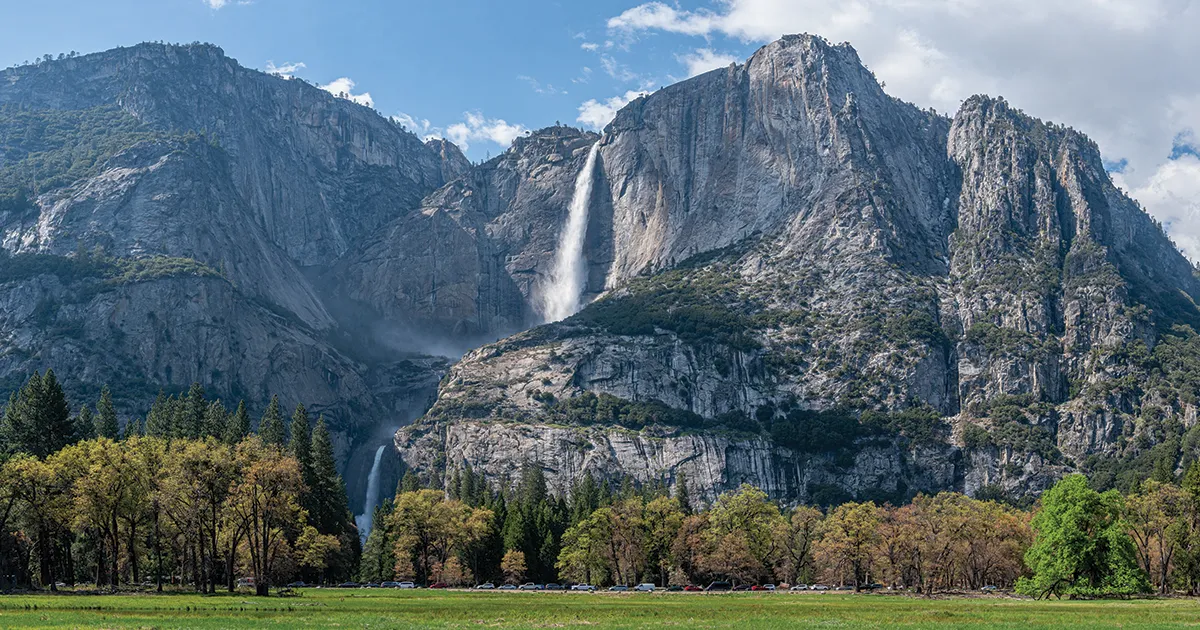Planning a trip to Yosemite requires more than just picking a date on the calendar. With its dynamic climate, elevation range, and seasonal attractions, choosing the best time to visit Yosemite can determine the quality of your experience. Whether you want to see waterfalls at full force, hike snow-free trails, avoid crowds, or capture the valley in fall colors, timing is everything. This comprehensive guide helps you make the most of every visit by breaking down Yosemite’s seasonal appeal, top months for specific goals, and even times to avoid.
If you’re trying to find the best time to visit Yosemite, read on to match your priorities with the perfect season.
Best Time to Visit Yosemite National Park
As a California native who has visited Yosemite throughout the year, I believe the best times to explore the park are in March and April, as well as in October and November. These months offer a great balance of mild weather and fewer crowds, with little to no snow at lower elevations.
The summer months, from May to October, draw over 75% of the park’s annual visitors, making it a lot more crowded. If you’re seeking a more peaceful and less crowded experience, it’s best to visit outside of these peak months. Additionally, Yosemite has introduced an online reservation system during the busy season to help control the influx of visitors.
While a weekend trip might not allow you to fully experience all that Yosemite offers, it’s still worth a quick getaway. Located about three hours from both San Francisco and Sacramento, the park is quite accessible and open year-round, so you can plan your visit at any time.
That said, the timing of your visit matters, whether you’re trying to avoid large crowds or unpredictable weather. In this guide, I’ll provide all the details you need to choose the best time to experience Yosemite based on your preferences.
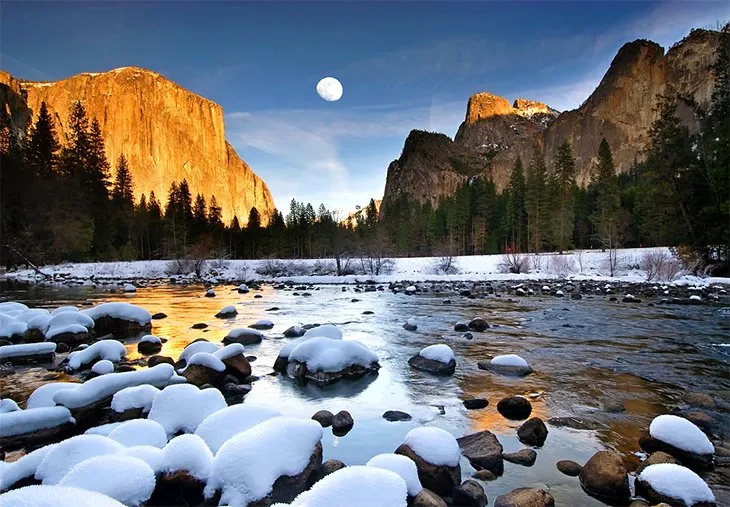
Seasonal Guide to Yosemite National Park
Each season brings a different character to Yosemite. Knowing what to expect from each helps pinpoint the best time to visit Yosemite for your travel style.
Yosemite in Spring
For many visitors, spring is considered the best time to visit Yosemite National Park. It’s the ideal season to explore the top hiking trails near Yosemite Falls and take in the breathtaking natural beauty of the park.
In spring, the wildflowers across Yosemite Valley begin to bloom, and the waterfalls are at their peak, flowing with full force. This season offers a fantastic opportunity to avoid the summer crowds while still enjoying some of the most iconic sights in the valley.
Daytime temperatures are typically warm and comfortable, making it a great time for hiking and rock climbing. However, temperatures can drop sharply at night, so campers should be prepared for the cold evenings.
It’s worth noting that during the early spring months of March and April, both Glacier Point Road and Tioga Road remain closed due to winter conditions. These roads usually reopen by late spring, around May, which can affect access to certain parts of the park.
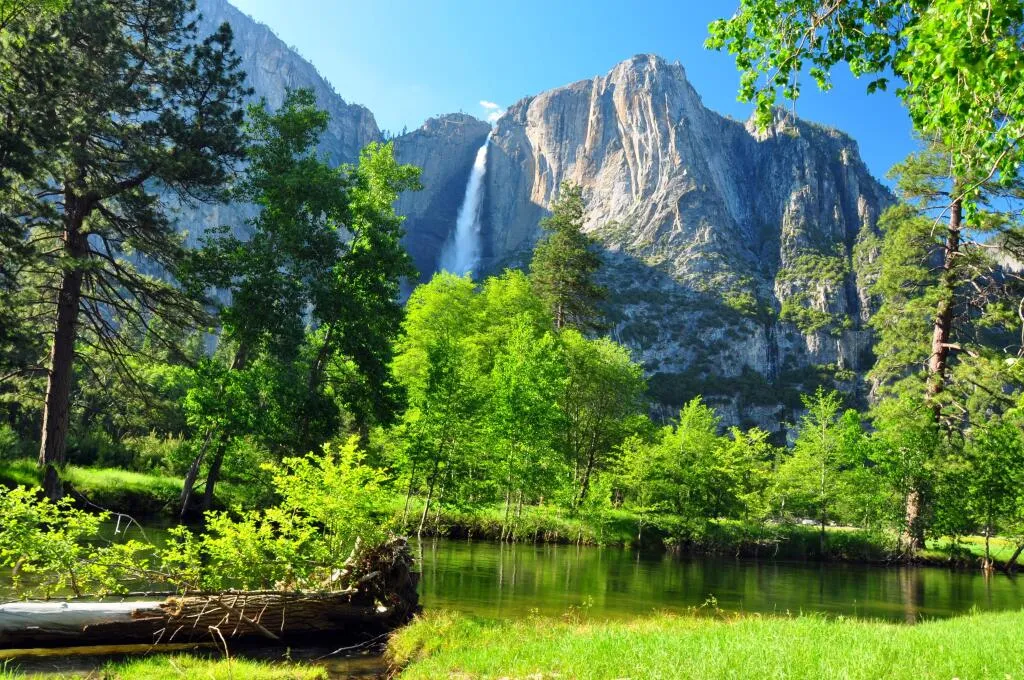
Yosemite in Summer
Summer is the peak season for Yosemite National Park, making it the most crowded time of the year. The stunning scenery and perfect summer weather draw many visitors, creating an ideal environment for camping in the valley. However, this popularity also means that it can be difficult to fully enjoy the natural beauty of the park without the crowds.
If you’re looking for the best time to visit Yosemite, summer might not be the most peaceful option. If you do decide to visit during this busy season, it’s best to avoid weekends, as this is when the valley is at its most crowded. The heavy foot traffic can make it harder to enjoy the Yosemite Park activities you have planned.
During peak summer, daytime temperatures can soar into the high 90s, making outdoor activities uncomfortable. By mid-summer, many of the waterfalls in the park may even dry up. For those seeking a more serene experience, Tuolumne Meadows offers a refreshing alternative, providing easy access to hiking trails in Yosemite’s High Sierra, away from the bustling crowds in the valley.

Yosemite in Fall
Fall is an excellent time to visit Yosemite National Park, offering not only stunning autumn foliage but also a more peaceful experience as the summer crowds begin to thin out. If you’re looking for the best time to visit Yosemite, fall offers a perfect balance of beautiful scenery and fewer visitors.
Visiting after Labor Day ensures a much quieter park, with significantly fewer tourists, making it easier to explore and enjoy the sights. Booking reservations at the top restaurants near Yosemite and securing spots at popular local bars and breweries also becomes much simpler, as there are fewer visitors.
September is particularly ideal for hiking and rock climbing in Yosemite Valley, with crisp fall air and vibrant colors enhancing the outdoor experience. However, evenings can get considerably colder as the season progresses. By mid-September, services along Tioga Road will begin to close for the winter season, so it’s best to plan your visit before then for full access to the area.
>> Read More: Yosemite Horseback Riding Experience: The Best Options to Try
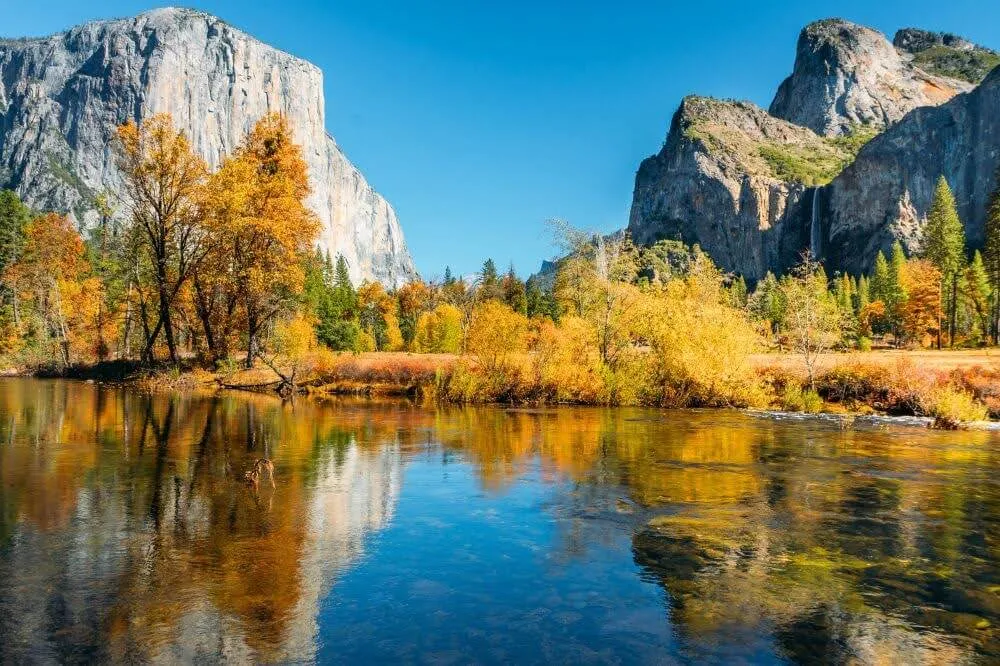
Yosemite in Winter
Winter turns Yosemite into a snowy wonderland. The valley becomes quiet, lodging prices drop, and Badger Pass opens for skiing and snowshoeing. If you enjoy winter sports or want to see Yosemite in a more intimate light, this is the best time to visit Yosemite for snowy serenity.
Some areas are inaccessible due to snow, but iconic sights like Bridalveil Fall and Yosemite Falls are often framed by frost and fog. Winter Yosemite offers a starkly beautiful contrast and might be the best time to visit Yosemite if you love peaceful landscapes.

Worst Time to Visit Yosemite
There’s technically no bad time to visit, but mid-summer weekends can test your patience. Heavy traffic, limited parking, and sweltering heat in lower elevations make late July and early August the least favorable. If you’re seeking solitude and easy logistics, this is not the best time to visit Yosemite.
Also, wildfire season in late summer can bring smoky skies and poor air quality. Always check conditions before traveling. For clear views and cooler air, avoid the hottest and most crowded stretches and plan your trip during the best time to visit Yosemite.
>> Read More: 11 Best Hotels Near Yosemite National Park: Reservations Request
Best Months to Visit Yosemite for Avoiding Crowds
Yosemite National Park remains open year-round, but most visitors flock to the park between May and October. If you’re looking for the best time to visit Yosemite for a peaceful experience, consider visiting from November to April when the park is largely free of crowds and offers a tranquil atmosphere.
Winter in Yosemite is just as breathtaking and enchanting as the summer months, provided you’re prepared with the proper gear to stay warm. Visiting between November and April also gives you the chance to embark on a peaceful winter hike and witness the magnificent Yosemite Falls in action, which is especially impressive after some snowfall or rain at higher elevations.
It’s important to note that while Yosemite Valley and the Wawona areas remain accessible by car year-round, the Tioga and Glacier Point roads are typically closed from November until spring, depending on the weather conditions.
For those seeking solitude and serenity, January stands out as the best time to visit Yosemite. Historically, this has been the quietest month, allowing you to enjoy the park’s beauty without the typical crowds. Just be prepared to encounter significant snow at higher elevations if you plan to hike during the winter months.
>> Read More: Campgrounds At Yosemite: Explore The Best Options
Best Months to visit Yosemite for Camping
Camping is a beloved activity in Yosemite, and surprisingly, it’s available year-round. Some of the park’s most popular campsites, such as Camp 4, Hodgdon Meadow, and Yosemite Valley Upper Pines, remain open throughout the entire year.
However, if you’re aiming to camp deeper within Yosemite, like at White Wolf, or if you prefer to avoid the need for winter gear, it’s best to plan your trip during the warmer months. For the best time to visit Yosemite for camping, summer is the most convenient, as most seasonal campgrounds open between late May and August.
That said, during the busy April to September period, reservations for these campgrounds fill up quickly. Be sure to explore all available camping options in Yosemite and plan ahead. Additionally, it’s helpful to check the sunrise and sunset times in advance so you can catch the park’s most tranquil moments, perfect for photography during the best time to visit Yosemite.
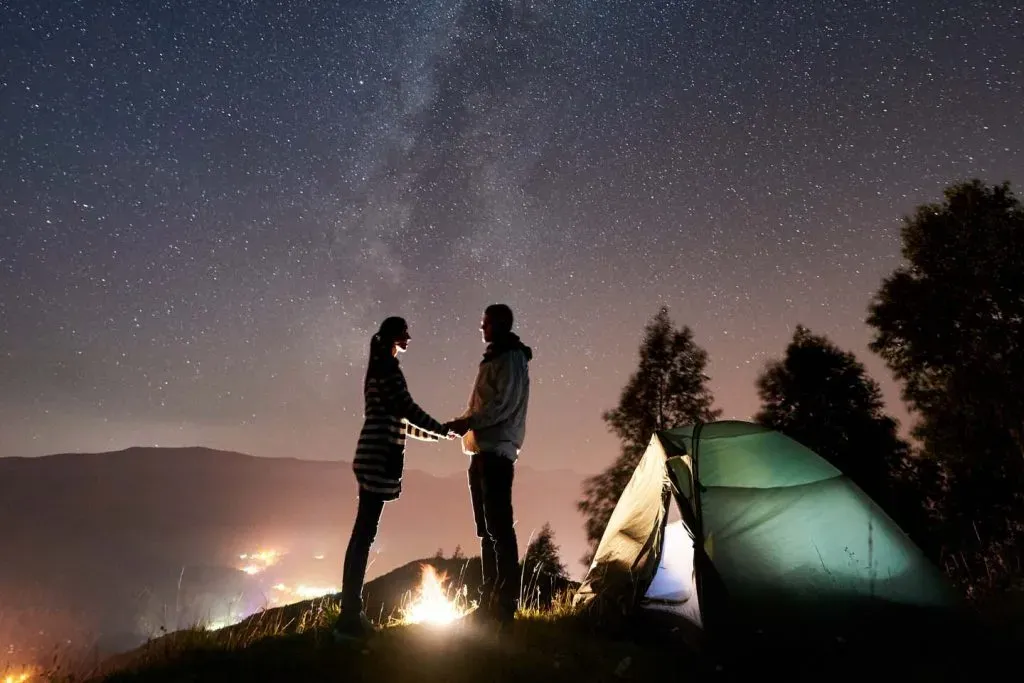
Best Months to See the Wildflowers
Yosemite’s elevation varies dramatically, ranging from 13,000 feet on the eastern side to 2,000 feet on the western side. Because of this diverse terrain, wildflowers can be seen almost every month, as long as you visit at the best time to visit Yosemite and know where to look. The ideal months to catch the park’s vibrant wildflower displays are between May and August.
In the spring, lower-elevation trails like Wapama Falls (Hetch Hetchy), Wawona Meadow Loop, and Cook’s Meadow Loop (Yosemite Valley) offer the best opportunities to witness the colorful transformation of the season. Even at higher elevations, you can spot colorful patches of flowers peeking through the snow. Along trails like Sentinel Dome, Taft Points, and McGurk Meadow, located on the road to Glacier Point, you’ll find the distinctive pink-and-red snow plant making its appearance.
Summer is another fantastic season for wildflowers in Yosemite, particularly in Tuolumne Meadows. Early summer brings the delicate pinkish shooting stars, while later in the season you can see dog violets, fireweed, and columbine. For the best time to visit Yosemite for wildflower enthusiasts, mid-summer is prime time, with the park’s alpine meadows bursting with angelicas, mountain monkey-flowers, alpine laurels, and more.
>> Read More: Yosemite National Park Animals: Ultimate Guide About Wildlife
Best Months to Avoid Snow and Rain in Yosemite
Yosemite’s elevation varies significantly across the park, and with its vast coverage of nearly 1,200 miles, the weather can differ greatly depending on where you are. This makes it essential to consider the specific location you plan to visit when preparing for your trip.
Notably, the best time to visit Yosemite for those seeking drier conditions is during the summer months, as 95% of the park’s precipitation falls between October and May, with over 75% of it occurring from November to March. During this cooler period, much of the precipitation comes in the form of snow, particularly in the winter.
Conclusion
Choosing the best time to visit Yosemite depends entirely on what you value most, waterfalls, wildflowers, solitude, or full trail access. Each season brings a new layer of magic to the park, and there truly is no one-size-fits-all answer. Still, with proper planning and this guide at hand, you’re now equipped to choose the season and month that best align with your goals.
>> Read More:
- Yosemite National Park Weather: Monthly Suggestions
- Closest Airports To Yosemite National Park: Which is Nearest?
- Road Trip San Francisco To Yosemite National Park: Things To Note

